The writer-director behind the body-swap movie wanted to “make the goriest Disney movie possible."
Regardless of what term you use, be it horror-comedy or pop-horror, Freaky and Happy Death Day helmer, Christopher Landon, clearly has a knack for making the horror genre as accessible as possible. Before he made a name for himself under the Blumhouse banner, Landon co-wrote 2007’s Shia LaBeouf thriller, Disturbia, which provided an early look at what Landon's trademark style would be with 2017’s Happy Death Day, 2019’s Happy Death Day 2U and 2020’s Freaky.
Freaky takes on the classic body-swap premise of Freaky Friday and reimagines it as a slasher-comedy starring Vince Vaughn and Kathryn Newton. Thanks to an encounter involving an ancient dagger, Vaughn’s “Blissfield Butcher” swaps bodies with Newton’s unassuming high school student, Millie, while Newton’s Millie takes over the body of Vaughn’s Butcher. With Newton playing the Butcher character for most of the film’s runtime, Landon relied on a famous movie villain to inform Newton’s performance, which included a key downward head tilt.
“It’s a really tough role. It’s almost a thankless role in the sense that there’s so much physicality involved. Kathryn had to do so much with just gestures and glances, so we talked a lot about Terminator 2,” Landon tells The Hollywood Reporter. “In fact, I would watch clips from Terminator 2 with her and talk about how that physicality was something I was really interested in. Part of creating this ultimate iconic killer was this very intense, locked-in and focused nature, so that was super helpful.”
Despite making seven-plus times its $9 million production budget and receiving the exact same Rotten Tomatoes score (71%) and CinemaScore (B) as its 2017 predecessor, 2019’s Happy Death Day 2U was viewed as a commercial disappointment. While most movies would celebrate a similar box office ratio, Landon admits that 2017’s Happy Death Day and its $125 million worldwide gross put far-too-lofty expectations on the sequel. He also chalks it up to the challenge of marketing a vastly different sequel that ventured into sci-fi territory.
“Universal marketing, they’re geniuses and they’re wonderful partners to work with, but I think that [Happy Death Day 2U] was a tricky one to sell. What traditionally works for most sequels, which is sell the same thing, really hurt us,” Landon explains. “Because I made a movie that was quite different from the first film, they sold it just like the first film, all the way up to using the exact same song in the trailer. And so, in hiding all of the things that made the second movie unique, I think we kind of got hurt by that. But yeah, it’s weird. Any other movie would’ve gotten a sequel, or a third movie, based on our performance. And for some reason, we just didn’t.”
In a recent conversation with THR, Landon also discusses why he wanted Freaky to be “goriest Disney movie possible,” the close collaboration between Vaughn and Newton and his optimistic outlook regarding a third Happy Death Day movie.
So once Happy Death Day 2U came out, how quickly did things get moving on Freaky?
There was actually a bit of a gap because I was off writing a couple other movies. And then the Freaky thing kind of came out of nowhere, which was an unexpected pivot. My co-writer, Michael Kennedy, pitched the idea to me because I was supposed to be like a practice run for him, and he was going to go out into the world and pitch the movie. And when he started to get into the pitch, I fell in love with it and we just decided to write it together. And then, I kind of realized that I had this crazy window of opportunity. I was expecting my second child and so I thought, “Oh, it’d be great if I could write this and then shoot this movie before my son is born.” Because it gets really complicated right after you have a kid. So that’s kind of how it unfolded. It was the fastest sort of script-to-screen experience I’ve ever had.
How much did Paranormal Activity 4 factor into Kathryn’s casting? Or was it mostly a coincidence?
I would say it was partial coincidence. I mean, it was nice to have that home court advantage and know the person already. I really had fun working with Kathryn on Paranormal 4, and she was much younger then. But honestly, what really influenced that decision was I’ve just been following her career. I’ve really loved watching her blossom as an actor, and I’ve really respected everything that she’s done. She’s a risk-taker and someone who’s really dedicated to her craft. So that was a much bigger factor for me. It was just the fact that she was so good.
Who signed on first between Vince and Kathryn?
It kind of happened at the same time, which was exciting and unexpected. I was pursuing both of them at the same time because they were the two people I wanted the most. So I was fully expecting one or both to say no, and was pleasantly surprised that they agreed to do the movie.
Did you shoot the beginning first so that Vince and Kathryn had a frame of reference for when they swapped roles?
No, the schedules on these movies are challenging, and that’s a euphemism for awful. (Laughs.) So I just dedicated as much time as I could in pre-production in terms of helping them get comfortable with their roles, plural. I started by working with Kathryn, and I made these video diaries of her in character so that Vince had something to study. The video diaries really helped him start to learn her physical mannerisms, like her nail-biting, the way that she plays with her hair and how she hides her face with it, and just her gait. And vice versa. And then, when we got together in Atlanta for shooting, we just really dug into the rehearsal of it all. We also spent real time together, which is another thing that I like to do. It depends on the situation, of course, but I think that actors often benefit from just being able to bond a bit. And so there was some of that as well. But once we got on set, we hit the ground running and they both had to dive into their roles and the opposites of them as well.
The way Kathryn tilted her head was key to her performance as the Butcher. It was very Robert Patrick/T-1000 in Terminator 2: Judgement Day. Were you immediately taken by that choice?
Yeah, I was. It’s a really tough role. It’s almost a thankless role in the sense that there’s so much physicality involved. Kathryn had to do so much with just gestures and glances, so we talked a lot about Terminator 2. In fact, I would watch clips from Terminator 2 with her and talk about how that physicality was something I was really interested in. Part of creating this ultimate iconic killer was this very intense, locked-in and focused nature, so that was super helpful. And Vince, who’s a very physical actor, brought a lot of stuff to the table and would work with Kathryn during our rehearsals because he understood the physicality of the Butcher. There was a hand-off, you know. Vince had his own interpretation of how he moved and operated, and he would show that to Kathryn so that she could get that part down.
Were there any tropes from body swap movies that you eagerly avoided?
I avoided watching body-swap movies because all I needed to know was what I had learned from the original Freaky Friday and the remake with Lindsay (Lohan). As I traditionally do, I was playing with a much bigger bag of tropes than just the body-swap thing. So a lot of what I was drawing from was from horror movies in general. The goal and what I was really after was how can I make the goriest Disney movie possible. (Laughs.) And that’s what I was after because most body-swap films are cute by nature. So it felt like easy-picking in terms of getting to exploit that, perverse it and invert it.
The dynamic between Booker (Uriah Shelton) and Vince’s Millie was absolute gold, especially the scenes with a 6-foot-5 Vince Vaughn sitting in a tiny car. Was it tough to keep everyone from breaking during those car moments?
What’s interesting about it is that my approach from the beginning was not to play this for laughs. I wasn’t going to try and make it a body-funny comedy moment. I wanted it to have a certain kind of sincerity and sweetness to it. And as soon as everyone kind of got the setup, we set up this really beautiful two-shot that has this very slow and steady push. I also think everyone in the crew quickly understood that we were playing this for real and not as a joke-y scene. The power of the scene is that Millie, as a character, feels seen by someone for the first time. The exterior doesn’t matter anymore because Booker actually sees her for who she really is. The added benefit and bonus is that she’s in a different body, which becomes a different thing. So, in some ways, the scene does play with some humor, especially at the top of the scene when Booker asks if he can come and sit next to her. There are some really fun things that I'm playing with, but by design, it's a scene that was not intended to be a big laugh riot scene. It plays sincerely and I think that the crew and the audience appreciated that. We actually had one opportunity to test the movie in a pretty rough stage before everything shut down, and I was really nervous about that scene because I didn’t know what the audience was going to say, to be honest. I was definitely sort of, “This could go either way.” But they cheered, and I realized in that moment that it was working on all the levels that I wanted it to. It was funny. It was emotional. It was sincere. It was sweet. And they got it. And so, for me, it is my favorite moment in the film. And yeah, I think it’s fun.

https://static.hollywoodreporter.com/sites/default/files/2019/02/happy_death_day_2_u-behind_the_scenes-christopher_landon-publicity-embed-2019-compressed.jpg 928w,
https://static.hollywoodreporter.com/sites/default/files/2019/02/happy_death_day_2_u-behind_the_scenes-christopher_landon-publicity-embed-2019-compressed.jpg 928w,
https://static.hollywoodreporter.com/sites/default/files/2019/02/happy_death_day_2_u-behind_the_scenes-christopher_landon-publicity-embed-2019-compressed.jpg 928w" alt="Happy Death Day 2 U-Behind the Scenes-Christopher Landon-Publicity-Embed-2019" />Christopher Landon and Jessica Rothe on the set of
Happy Death Day 2U. | Michele K. Short/Universal Pictures
This is such an awful question, but if you could body swap for a short while with any of your movies’ characters, who would you like to spend some time as?
(Laughs.) Oh my gosh. Wow. I think I would say Tree (Jessica Rothe). I loved writing that character. But I think my secret true answer is probably Danielle (Rachel Matthews). (Laughs.) She’s so funny and is such a blissfully awful person, and I think there’s definitely something liberating about that. But I love Tree because she’s complex and fearless. There are so many layers to that character that I admire and connect to, so I think it would be a lot of fun to just be her. By the way, that means I really need to be Jessica Rothe. (Laughs.) That’s really the veiled way of saying I want to be Jessica Rothe, but I’ll take Tree.
Throughout the first half of your career, you wrote scripts that other people would direct, and between principal photography and post-production, the final product can differ quite a bit from your original work. Did those early screenwriting experiences inform your decision to become a director?
Oh, they definitely did. I mean, I’m an introvert by nature, as most writers are. For a long time, just the idea of having to step out and be the face and voice of a movie terrified me. But yeah, I had experiences where either I was a little bit disappointed in the way that things were being done, or I had experiences where I kind of felt like I was being sidelined a little bit. So I just decided that I needed to step out and go for it and make some of these movies myself. I think the hardest part about it is that even when you’re writing popcorn movies, they’re still personal. You put a lot of yourself in these things, and so it is really difficult to hand them over to other people sometimes. But I’ve also had great experiences. Disturbia is an example of a film where I was overjoyed with how it turned out, and I think that D.J. (Caruso) did a kick-ass job. So there were good experiences too, but ultimately, it’s a lot more rewarding and enriching to just be able to do it yourself.
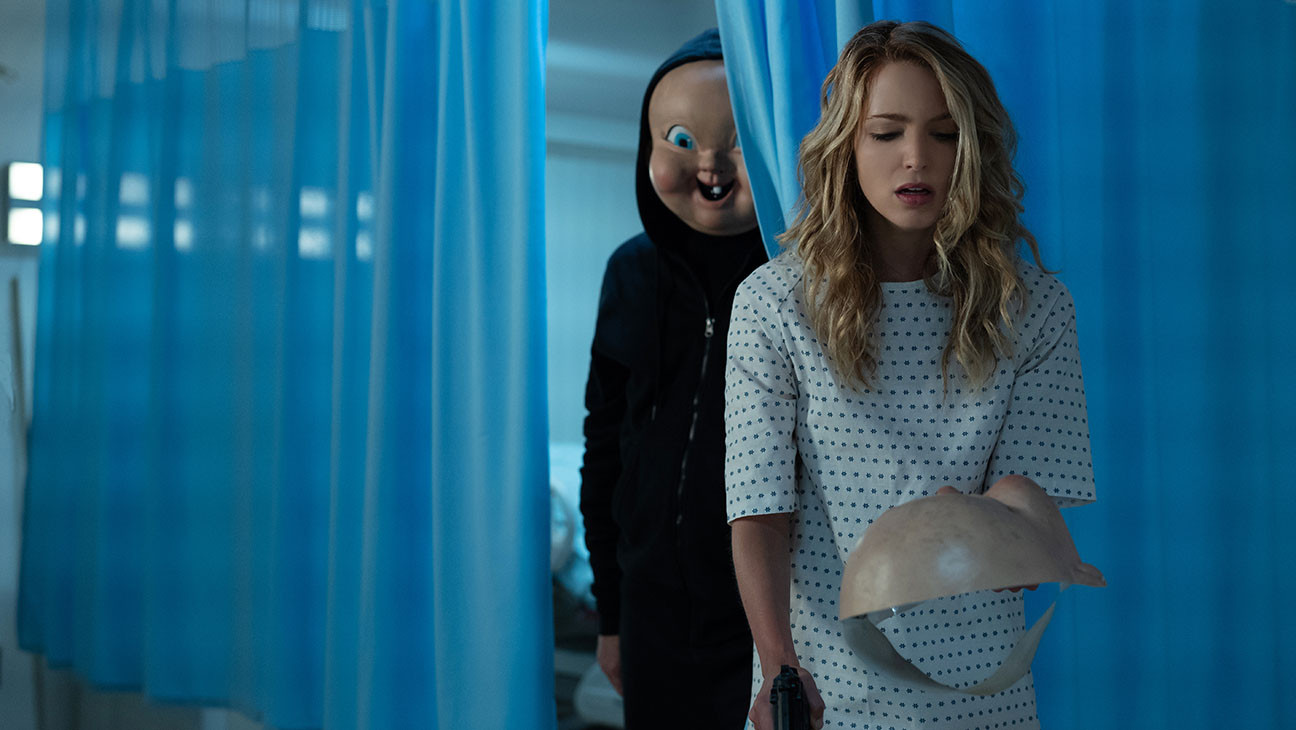
https://static.hollywoodreporter.com/sites/default/files/2019/02/happy_death_day_2u_still_7-compressed.jpg 1296w,
https://static.hollywoodreporter.com/sites/default/files/2019/02/happy_death_day_2u_still_7-compressed.jpg 1296w,
https://static.hollywoodreporter.com/sites/default/files/2019/02/happy_death_day_2u_still_7-compressed.jpg 1296w" alt="Happy Death Day 2U Still 7 - Publicity - H 2019" />Michele K. Short/Universal Studios
So this is the part of the interview where I start pressuring Jason Blum to make a third Happy Death Day movie. I know you’ve titled the potential film Happy Death Day to Us, but out of curiosity, was the Happy Death Day Tree title ever seriously considered? That title really took off during 2U’s press tour.
No. (Laughs.) It wasn’t considered, and it’s funny because I always had this concept of what the third movie would be in my head. So the title really does directly reference what the movie is about. When I saw that the Happy Death Day Tree thing kept popping up, I was like, “Oh, of course, that’s clever and makes a ton of sense,” but at the same time, part of what I was trying to do with the second movie and definitely what I would love to do with the third is subvert expectation. So I don’t think anyone could possibly imagine where the third movie would go and therefore, I think the title needed to reflect that. So, much to fans' disappointment, it is not Happy Death Day Tree. (Laughs.)
I raised this point to Jessica recently, but the downside of the first movie exceeding any and all expectations was that it likely placed unrealistic expectations on the sequel’s box office performance. And yet, the sequel still made seven times its production budget, which is a figure that most movies would celebrate. Do you agree that the first film’s box office overperformance created starry-eyed expectations for the sequel?
Absolutely. 100 percent. When you have a really successful movie, you’ve set that bar really high and so everyone’s expectation was there. And what was really difficult, challenging and ultimately heartbreaking for everyone involved, but especially for Jessica and I, was that all of our tracking — literally up to opening weekend — said that we were going to perform in the similar sort of lane. But the audience just didn’t turn out the way they did before. It’s not a failure because you made a good point, which is that the movie actually made a lot of money. By the way, Universal marketing, they’re geniuses and they’re wonderful partners to work with, but I think that it was a tricky one to sell. What traditionally works for most sequels, which is sell the same thing, really hurt us. Because I made a movie that was quite different from the first film, they sold it just like the first film, all the way up to using the exact same song in the trailer. And so, in hiding all of the things that made the second movie unique, I think we kind of got hurt by that. But yeah, it’s weird. Any other movie would’ve gotten a sequel, or a third movie, based on our performance. And for some reason, we just didn’t. What’s interesting about both movies is that they’ve had quite an afterlife, and I think a lot of people, post-theatrical, found the second movie and then really liked it. I got a lot of messages on social media from people saying, “Holy shit, I wish I had seen this in theaters. It was good,” which is sort of bittersweet, but you never know. There still might be a path to a third movie, but that is entirely in Universal’s court. They know that everyone involved in the first two films wants to do a third one, but they have to be the ones that feel a need or a justification to do it.
Was Real Genius on your mind as you wrote Happy Death Day 2U?
Totally!
As soon as the quantum reactor was introduced, as well as Steve Zissis’ character, I felt like I was picking up what you were putting down.
(Laughs.) 100 percent. Yes.
Happy Death Day 2U resumes the story right where the first one left off. What was the biggest headache in terms of continuity?
I had two big headaches, but the biggest one was the hospital location. They gutted that location after we shot the first movie because they were going to turn it into like an office building or something. So when we went back, it was gone, and with a limited budget, it was a nightmare because we had to rebuild it. We had to recreate those hallways and hospital rooms. So that was a big, big, big problem, but I was able to repurpose footage from the first movie and integrate it into the second movie pretty seamlessly, I think. So that was a big one, and some of it was just hair continuity. It seems simple, but it’s not. Sometimes, trying to create a wig that matches is really tough. So there are things that I can spot sometimes where I’m like, “Oh god, that doesn’t look great.” But yeah, that was the hardest part. We got very lucky on that film because all of our background actors came back and looked the same. So it could’ve definitely been much harder, but I felt like luck was on our side.
Now that you’ve conquered time loops, body swapping and found footage, is time travel the next device to receive the Chris Landon treatment?
(Laughs.) You know what? It’s kind of weird that you say that because, yeah, I am producing a movie that definitely deals with time travel. So your crystal ball is accurate.
Article by: Brian Davids for The Hollywood Reporter
 https://variety.com/wp-content/uploads/2020/11/Demon-Slayer-Taiwan-poster-no-cropping-W750px-res.jpg?resize=106,150 106w,
https://variety.com/wp-content/uploads/2020/11/Demon-Slayer-Taiwan-poster-no-cropping-W750px-res.jpg?resize=106,150 106w,  https://static.hollywoodreporter.com/wp-content/uploads/2020/11/GettyImages-1191435265_C-H-2020-1605567335-compressed.jpg 1296w,
https://static.hollywoodreporter.com/wp-content/uploads/2020/11/GettyImages-1191435265_C-H-2020-1605567335-compressed.jpg 1296w,  https://static.hollywoodreporter.com/wp-content/uploads/2020/11/2020_11_08_Hollywood_Reporter_Kingsley-Ben-Adir_Shot_4_0507-H-2020-THR-1605633853-compressed.jpg 1296w,
https://static.hollywoodreporter.com/wp-content/uploads/2020/11/2020_11_08_Hollywood_Reporter_Kingsley-Ben-Adir_Shot_4_0507-H-2020-THR-1605633853-compressed.jpg 1296w,  https://static.hollywoodreporter.com/wp-content/uploads/2020/11/GettyImages-1207423238_C-H-2020-1605567480-compressed.jpg 1296w,
https://static.hollywoodreporter.com/wp-content/uploads/2020/11/GettyImages-1207423238_C-H-2020-1605567480-compressed.jpg 1296w, 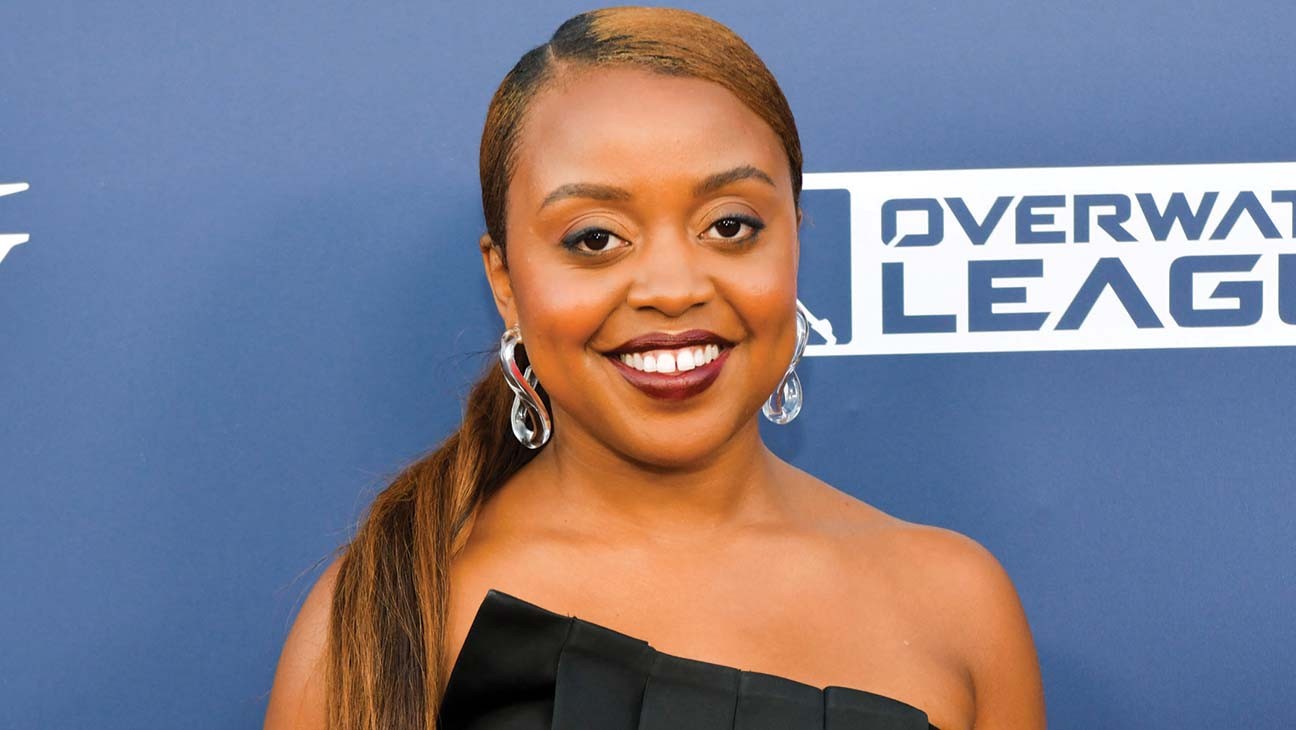 https://static.hollywoodreporter.com/wp-content/uploads/2020/11/GettyImages-1166569583_C-H-2020-1605567713-compressed.jpg 1296w,
https://static.hollywoodreporter.com/wp-content/uploads/2020/11/GettyImages-1166569583_C-H-2020-1605567713-compressed.jpg 1296w,  https://static.hollywoodreporter.com/wp-content/uploads/2020/11/GettyImages-1197935417_C-H-2020-1605567940-compressed.jpg 1296w,
https://static.hollywoodreporter.com/wp-content/uploads/2020/11/GettyImages-1197935417_C-H-2020-1605567940-compressed.jpg 1296w,  https://static.hollywoodreporter.com/wp-content/uploads/2020/11/Shot06-AngusCloud-1758-THR-1605569785-compressed.jpg 1296w,
https://static.hollywoodreporter.com/wp-content/uploads/2020/11/Shot06-AngusCloud-1758-THR-1605569785-compressed.jpg 1296w,  https://static.hollywoodreporter.com/wp-content/uploads/2020/11/2020_11_08_Hollywood_Reporter_Emma_Corrin_Shot_1_0128-H-2020-THR-1605633779-compressed.jpg 1296w,
https://static.hollywoodreporter.com/wp-content/uploads/2020/11/2020_11_08_Hollywood_Reporter_Emma_Corrin_Shot_1_0128-H-2020-THR-1605633779-compressed.jpg 1296w,  https://static.hollywoodreporter.com/wp-content/uploads/2020/11/2020_11_08_Hollywood_Reporter_Emma_Corrin_Shot_2_591-EMBED-2020-THR-1605636720-compressed.jpg 1047w,
https://static.hollywoodreporter.com/wp-content/uploads/2020/11/2020_11_08_Hollywood_Reporter_Emma_Corrin_Shot_2_591-EMBED-2020-THR-1605636720-compressed.jpg 1047w,  https://static.hollywoodreporter.com/wp-content/uploads/2020/11/2020_11_08_Hollywood_Reporter_Daisy_Edgar-Jones_Shot_1_0049-H-2020-THR-1605571180-compressed.jpg 1296w,
https://static.hollywoodreporter.com/wp-content/uploads/2020/11/2020_11_08_Hollywood_Reporter_Daisy_Edgar-Jones_Shot_1_0049-H-2020-THR-1605571180-compressed.jpg 1296w,  https://static.hollywoodreporter.com/wp-content/uploads/2020/11/2020_11_08_Hollywood_Reporter_Daisy_Edgar-Jones_Shot_2_306-EMBED-2020-THR-1605637049-compressed.jpg 1047w,
https://static.hollywoodreporter.com/wp-content/uploads/2020/11/2020_11_08_Hollywood_Reporter_Daisy_Edgar-Jones_Shot_2_306-EMBED-2020-THR-1605637049-compressed.jpg 1047w,  https://static.hollywoodreporter.com/wp-content/uploads/2020/11/GettyImages-1198466354_C-H-2020-1605569319-compressed.jpg 1296w,
https://static.hollywoodreporter.com/wp-content/uploads/2020/11/GettyImages-1198466354_C-H-2020-1605569319-compressed.jpg 1296w,  https://static.hollywoodreporter.com/wp-content/uploads/2020/11/GettyImages-1192555620_C-H-2020-1605569548-compressed.jpg 1296w,
https://static.hollywoodreporter.com/wp-content/uploads/2020/11/GettyImages-1192555620_C-H-2020-1605569548-compressed.jpg 1296w, 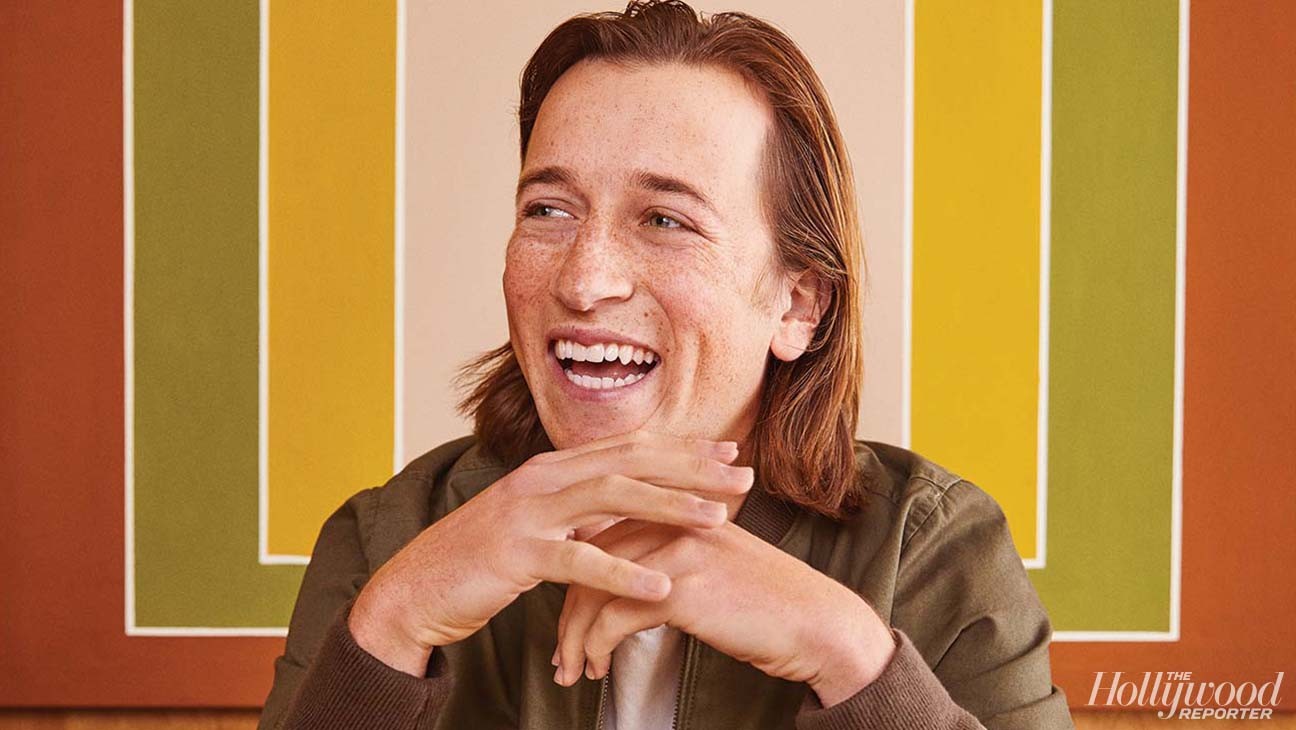 https://static.hollywoodreporter.com/wp-content/uploads/2020/11/Shot04-SkylerGisondo-1085_V2-H-2020-THR-1605652316-compressed.jpg 1296w,
https://static.hollywoodreporter.com/wp-content/uploads/2020/11/Shot04-SkylerGisondo-1085_V2-H-2020-THR-1605652316-compressed.jpg 1296w, 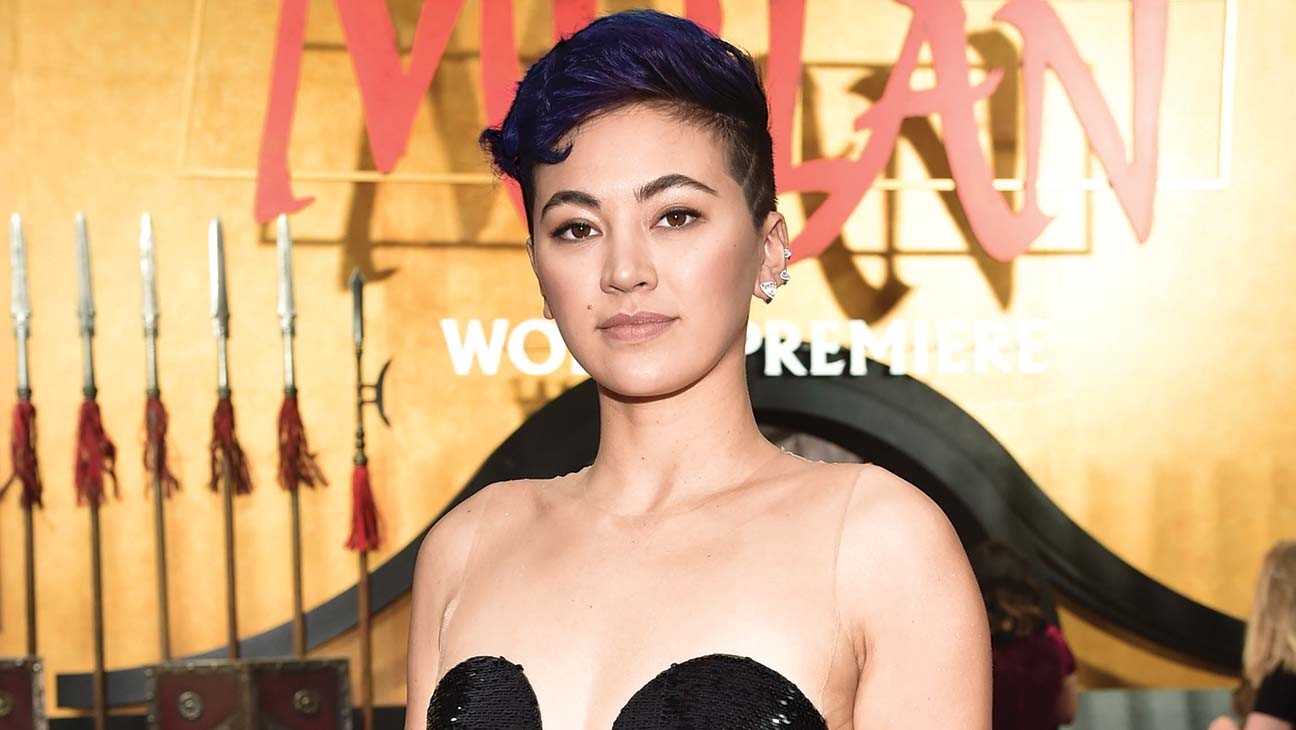 https://static.hollywoodreporter.com/wp-content/uploads/2020/11/GettyImages-1211499518_C-H-2020-1605570411-compressed.jpg 1296w,
https://static.hollywoodreporter.com/wp-content/uploads/2020/11/GettyImages-1211499518_C-H-2020-1605570411-compressed.jpg 1296w,  https://static.hollywoodreporter.com/wp-content/uploads/2020/11/GettyImages-1141549498_C-H-2020-1605570552-compressed.jpg 1296w,
https://static.hollywoodreporter.com/wp-content/uploads/2020/11/GettyImages-1141549498_C-H-2020-1605570552-compressed.jpg 1296w,  https://static.hollywoodreporter.com/wp-content/uploads/2020/11/Paul-Mescal-THR-High-Res-2-Edit-1-H-2020-THR-1605564989-compressed.jpg 1296w,
https://static.hollywoodreporter.com/wp-content/uploads/2020/11/Paul-Mescal-THR-High-Res-2-Edit-1-H-2020-THR-1605564989-compressed.jpg 1296w,  https://static.hollywoodreporter.com/wp-content/uploads/2020/11/Paul-Mescal-THR-High-Res-4-Edit-1-EMBED-2020-THR-1605636730-compressed.jpg 1047w,
https://static.hollywoodreporter.com/wp-content/uploads/2020/11/Paul-Mescal-THR-High-Res-4-Edit-1-EMBED-2020-THR-1605636730-compressed.jpg 1047w, 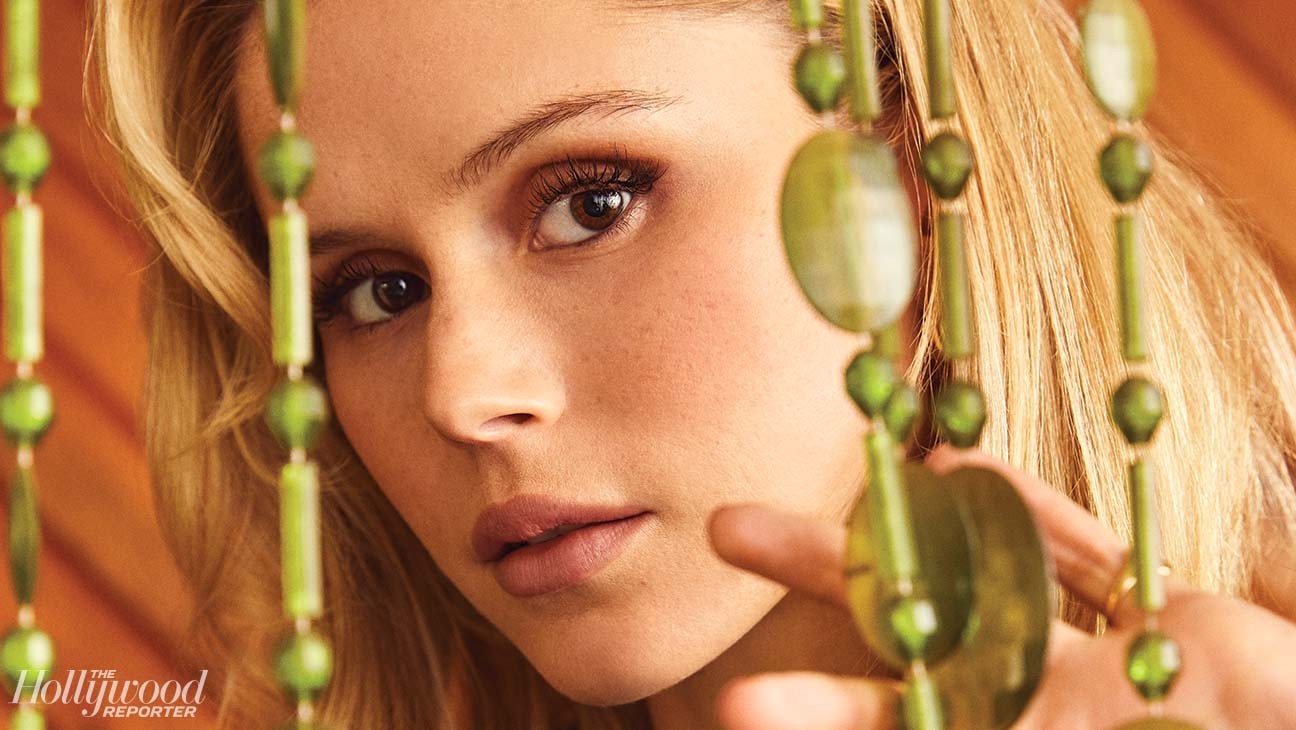 https://static.hollywoodreporter.com/wp-content/uploads/2020/11/Shot02-ErinMoriarty-359-H-2020-THR-1605652296-compressed.jpg 1296w,
https://static.hollywoodreporter.com/wp-content/uploads/2020/11/Shot02-ErinMoriarty-359-H-2020-THR-1605652296-compressed.jpg 1296w,  https://static.hollywoodreporter.com/wp-content/uploads/2020/11/Shot02-ErinMoriarty-600-EMBED-2020-THR-1605636752-compressed.jpg 1047w,
https://static.hollywoodreporter.com/wp-content/uploads/2020/11/Shot02-ErinMoriarty-600-EMBED-2020-THR-1605636752-compressed.jpg 1047w, 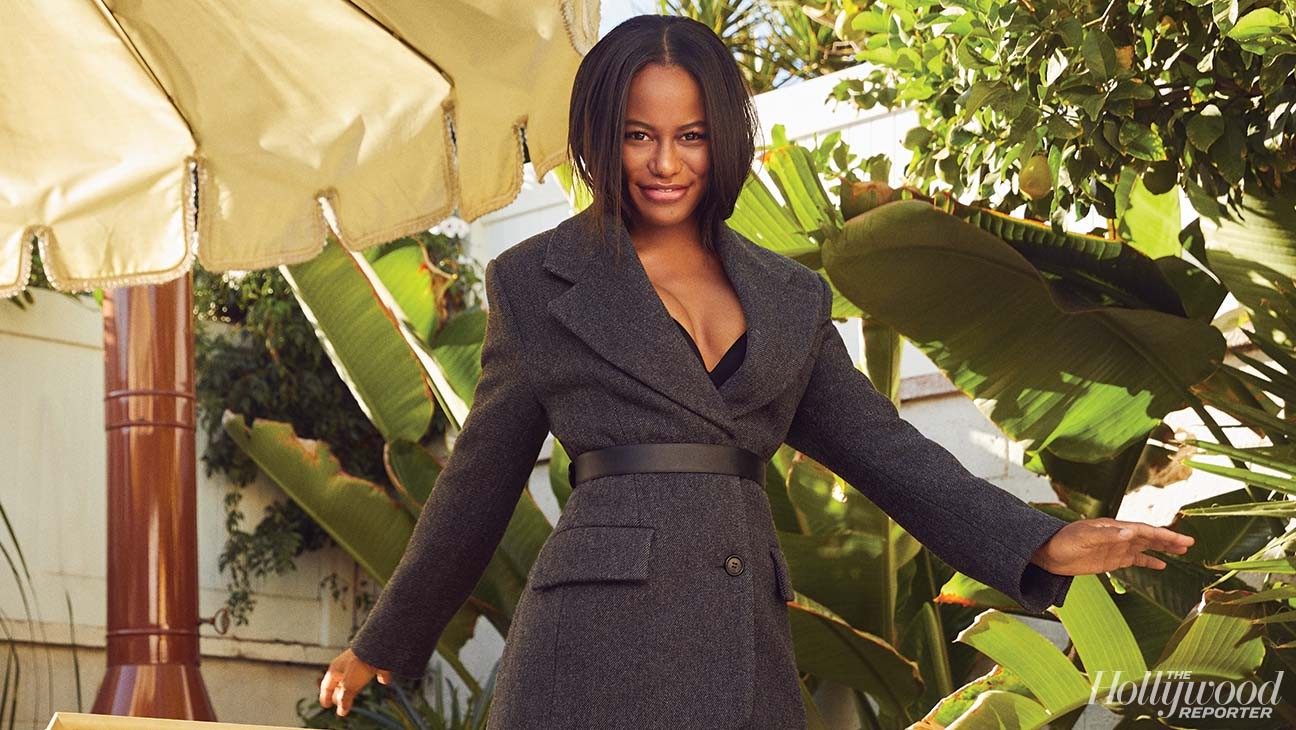 https://static.hollywoodreporter.com/wp-content/uploads/2020/11/Shot05-TaylourPaige-1424-THR-2020-1605567132-compressed.jpg 1296w,
https://static.hollywoodreporter.com/wp-content/uploads/2020/11/Shot05-TaylourPaige-1424-THR-2020-1605567132-compressed.jpg 1296w,  https://static.hollywoodreporter.com/wp-content/uploads/2020/11/Shot01-JeremyPope-102-THR-2020-1605566780-compressed.jpg 1296w,
https://static.hollywoodreporter.com/wp-content/uploads/2020/11/Shot01-JeremyPope-102-THR-2020-1605566780-compressed.jpg 1296w, 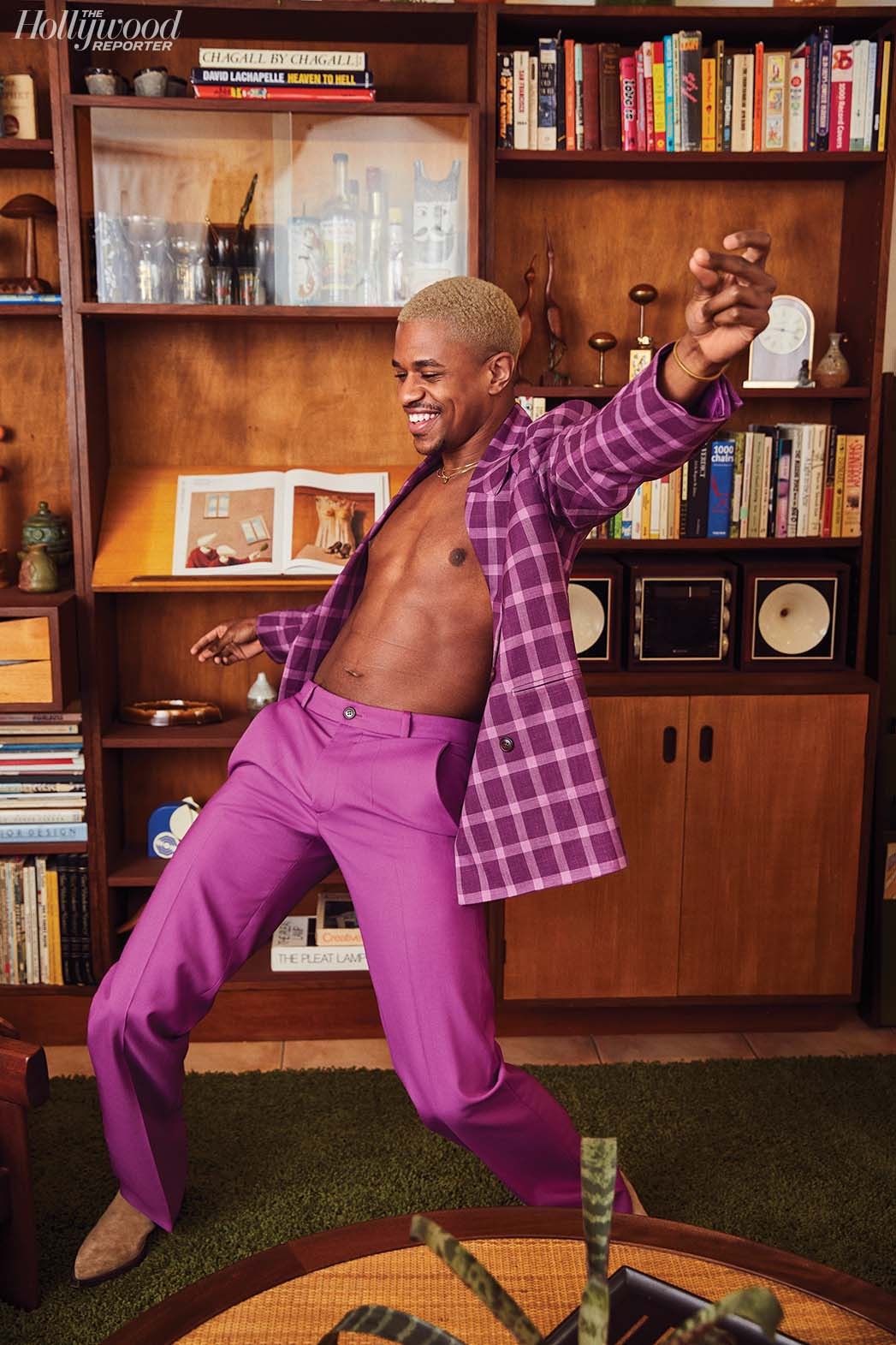 https://static.hollywoodreporter.com/wp-content/uploads/2020/11/Shot01-JeremyPope-188-EMBED-2020-THR-1605636741-compressed.jpg 1047w,
https://static.hollywoodreporter.com/wp-content/uploads/2020/11/Shot01-JeremyPope-188-EMBED-2020-THR-1605636741-compressed.jpg 1047w,  https://static.hollywoodreporter.com/wp-content/uploads/2020/11/GettyImages-1208720884_C-H-2020-1605570694-compressed.jpg 1296w,
https://static.hollywoodreporter.com/wp-content/uploads/2020/11/GettyImages-1208720884_C-H-2020-1605570694-compressed.jpg 1296w,  https://static.hollywoodreporter.com/wp-content/uploads/2020/11/Shot03-DannyRamirez-766_V2-H-2020-1605652307-compressed.jpg 1296w,
https://static.hollywoodreporter.com/wp-content/uploads/2020/11/Shot03-DannyRamirez-766_V2-H-2020-1605652307-compressed.jpg 1296w, 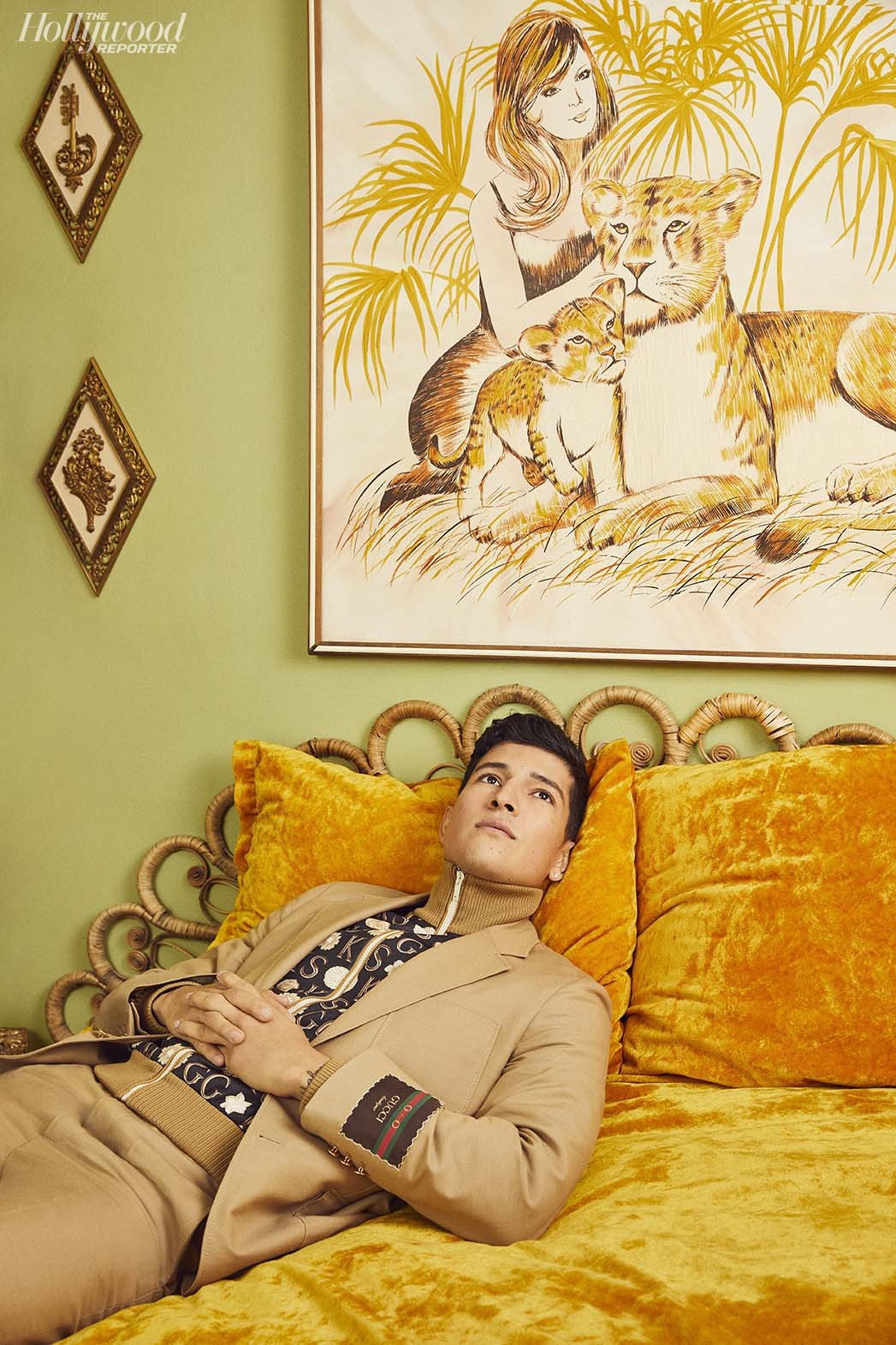 https://static.hollywoodreporter.com/wp-content/uploads/2020/11/Shot03-DannyRamirez-970-EMBED-2020-THR-1605637068-compressed.jpg 1047w,
https://static.hollywoodreporter.com/wp-content/uploads/2020/11/Shot03-DannyRamirez-970-EMBED-2020-THR-1605637068-compressed.jpg 1047w,  https://static.hollywoodreporter.com/wp-content/uploads/2020/11/GettyImages-1042197590-H-2020-1605570941-compressed.jpg 1296w,
https://static.hollywoodreporter.com/wp-content/uploads/2020/11/GettyImages-1042197590-H-2020-1605570941-compressed.jpg 1296w,  https://static.hollywoodreporter.com/wp-content/uploads/2020/11/2535_D002_00158R-EMBED-2020-1605225235-compressed.jpg 1047w,
https://static.hollywoodreporter.com/wp-content/uploads/2020/11/2535_D002_00158R-EMBED-2020-1605225235-compressed.jpg 1047w,  https://static.hollywoodreporter.com/wp-content/uploads/2020/11/2535_D034_00013R-EMBED-2020-1605225280-compressed.jpg 1047w,
https://static.hollywoodreporter.com/wp-content/uploads/2020/11/2535_D034_00013R-EMBED-2020-1605225280-compressed.jpg 1047w,  https://static.hollywoodreporter.com/wp-content/uploads/2020/11/2535_D016_00062R-EMBED-2020-1605225252-compressed.jpg 1047w,
https://static.hollywoodreporter.com/wp-content/uploads/2020/11/2535_D016_00062R-EMBED-2020-1605225252-compressed.jpg 1047w, 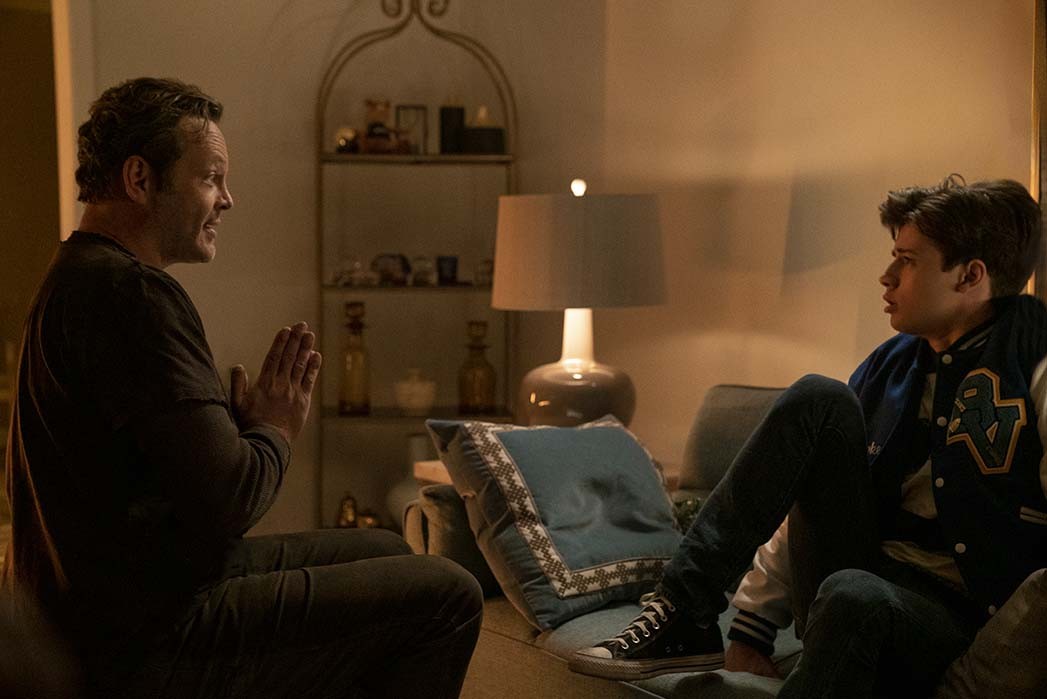 https://static.hollywoodreporter.com/wp-content/uploads/2020/11/2535_D026_00009R-EMBED-2020-1605568954-compressed.jpg 1047w,
https://static.hollywoodreporter.com/wp-content/uploads/2020/11/2535_D026_00009R-EMBED-2020-1605568954-compressed.jpg 1047w,  https://static.hollywoodreporter.com/sites/default/files/2019/02/happy_death_day_2_u-behind_the_scenes-christopher_landon-publicity-embed-2019-compressed.jpg 928w,
https://static.hollywoodreporter.com/sites/default/files/2019/02/happy_death_day_2_u-behind_the_scenes-christopher_landon-publicity-embed-2019-compressed.jpg 928w,  https://static.hollywoodreporter.com/sites/default/files/2019/02/happy_death_day_2u_still_7-compressed.jpg 1296w,
https://static.hollywoodreporter.com/sites/default/files/2019/02/happy_death_day_2u_still_7-compressed.jpg 1296w,  https://variety.com/wp-content/uploads/2020/11/jurassic-world.jpg?resize=150,100 150w,
https://variety.com/wp-content/uploads/2020/11/jurassic-world.jpg?resize=150,100 150w,  https://variety.com/wp-content/uploads/2020/11/rift.jpg?resize=150,84 150w,
https://variety.com/wp-content/uploads/2020/11/rift.jpg?resize=150,84 150w,  https://variety.com/wp-content/uploads/2020/11/WE-NEED-TO-DO-SOMETHING-BTS.jpg?resize=150,84 150w,
https://variety.com/wp-content/uploads/2020/11/WE-NEED-TO-DO-SOMETHING-BTS.jpg?resize=150,84 150w, 









 https://static.hollywoodreporter.com/wp-content/uploads/2020/10/GREENLAND_SG_00024R_rgb-EMBED-2020-1604010836-compressed.jpg 1047w,
https://static.hollywoodreporter.com/wp-content/uploads/2020/10/GREENLAND_SG_00024R_rgb-EMBED-2020-1604010836-compressed.jpg 1047w,  https://static.hollywoodreporter.com/wp-content/uploads/2020/10/TESSA-AND-HARDIN_093f4663-f66d-ea11-94c2-0e563b5fb261-EMBED-2020-1604010843-compressed.jpg 1047w,
https://static.hollywoodreporter.com/wp-content/uploads/2020/10/TESSA-AND-HARDIN_093f4663-f66d-ea11-94c2-0e563b5fb261-EMBED-2020-1604010843-compressed.jpg 1047w,